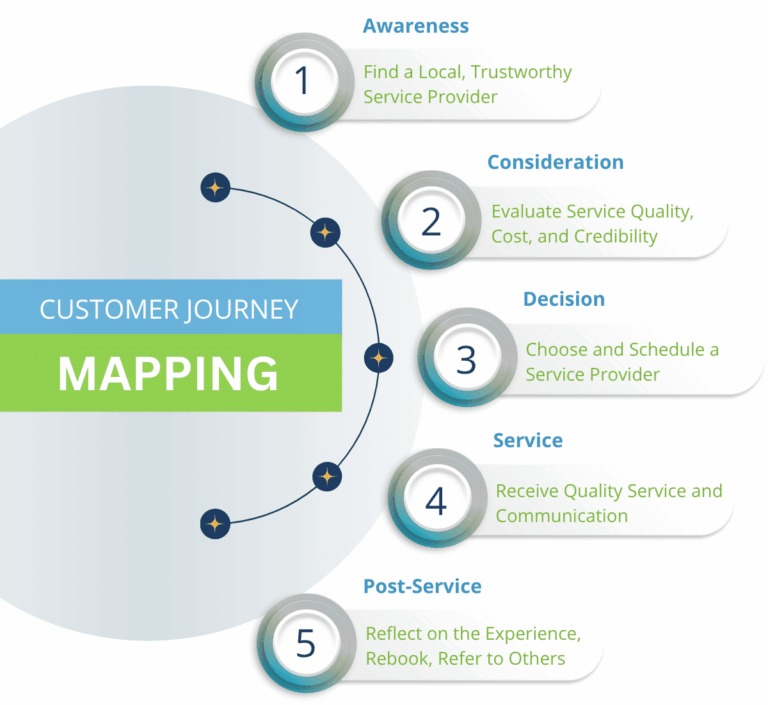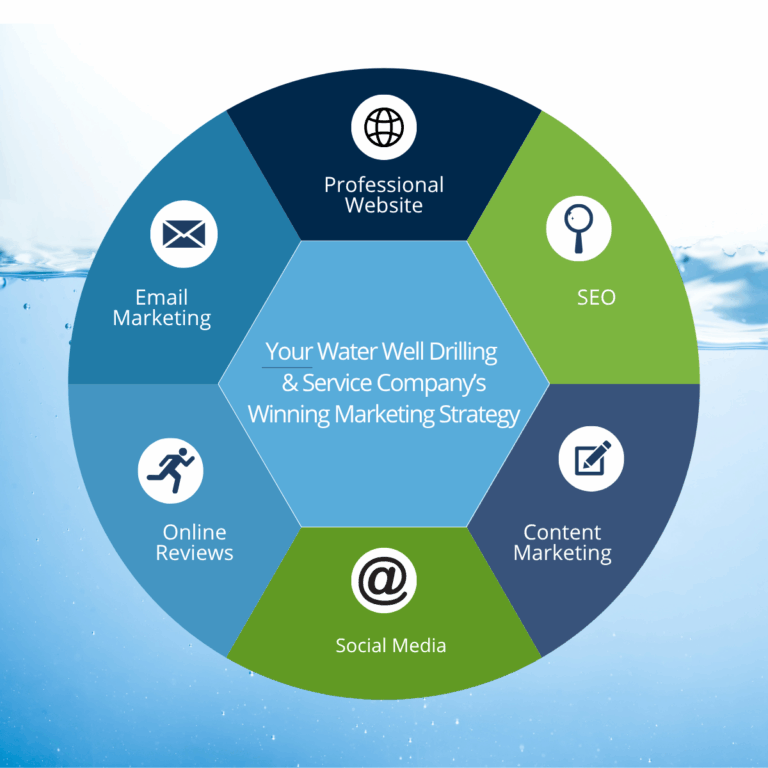
If you run a small business, understanding your market doesn’t have to be scary or complicated. Think of it as getting clear on who buys from you, what they want, who else they consider, and how you can win more of the right customers. This guide breaks it down into simple steps you can actually use.
What Is a Market Analysis?
A market analysis is a straightforward look at your customers, your competitors, and the overall demand for what you sell. It helps you answer basic questions: Who are my best customers? How big is my opportunity? What are competitors doing? Which marketing channels are worth my time and budget? The goal is to turn these answers into practical actions that grow sales.
8 Key Components of a Marketing Analysis
1. Your Customers and Segments
Group customers by what truly matters: who they are, what problem they’re trying to solve, and how they decide to buy. Create 2–3 simple customer profiles with their goals, common objections, and favorite channels.
2. Size, Growth, and Trends
Estimate how many potential buyers exist in your area or niche and whether that number is growing. Use simple math (number of local businesses, households, or searches per month) to gauge potential.
3. Competitors
List the businesses your customers compare you to. Note their pricing, strengths, weaknesses, reviews, and how they market. Look for gaps where you can stand out.
4. Customer Needs and Triggers
Identify what pushes people to start shopping (a problem, a deadline, a life event) and what helps them choose (price, speed, quality, convenience, proof).
5. Pricing and Profit
Check typical price ranges in your market. Make sure your price covers costs and leaves a healthy margin. Test small price changes and bundles to see what converts best.
6. Where People Find You (Channels)
Figure out which channels bring the right leads: search engines, local listings, social media, email, referrals, or partnerships. Double down on the few that work best.
7. Rules and Risks
Note any licenses, policies, or platform rules (Google, Facebook, marketplaces) that affect how you market. List risks like supplier delays or seasonality and how you’ll handle them.
8. Pulling It Together (SWOT)
Summarize your strengths, weaknesses, opportunities, and threats in one page so you can see the whole picture at a glance.
Purpose of a Marketing Analysis
- Help you make better decisions with less guesswork
- Show you which customers and channels deserve your focus
- Improve your messaging so people quickly “get it”
- Support realistic pricing and sales targets
- Build confidence with partners, lenders, or investors
Benefits of Conducting a Marketing Analysis
- Clear priorities for where to spend time and money
- Higher conversion rates from better positioning and offers
- Smarter budgets by investing in channels that pay back
- Fewer surprises because you’ve planned for risks
- Faster growth by repeating what works and cutting what doesn’t
10 Steps to Conduct a Market Analysis for Your Business
1. Define the One Decision You Need to Make
Are you launching a new service, entering a new neighborhood, or trying to raise prices? Pick one focus so your research stays simple and useful.
2. Set a Small Goal and Timeline
Example: “Identify my top two customer segments and the best channel to reach them in two weeks.” Time-box the work so it gets done.
3. Describe Your Market in One Sentence
Write who you serve, where, and what problem you solve. This keeps everyone aligned.
4. Gather Quick Desk Research
Look at industry blogs, government data, local chamber stats, and competitor websites/reviews. Cross-check numbers from at least two sources.
5. Talk to 5–10 Customers (or Ideal Prospects)
Ask what problem they were solving, how they searched, what they compared, and why they chose (or didn’t choose) you. Listen for repeated phrases and pain points.
6. List Your Top 2–3 Customer Segments
For each, capture their main goal, budget range, decision triggers, and favorite channels. Keep it to one short paragraph per segment.
7. Estimate Opportunity Size in Plain Numbers
Use simple math: number of local buyers × likely conversion rate × average order value. Use a range (conservative, likely, optimistic).
8. Map Competitors and Your Edge
Note each competitor’s offer, price, and reviews. Highlight your advantages (speed, service, specialization, guarantees, location).
9. Choose 2–3 Channels to Test First
Pick the channels your best customers already use (e.g., Google Business Profile, local SEO, email to past customers, partnerships). Set a small test budget and success targets.
10. Turn Findings Into an Action Plan
Write 3–5 actions with owners, dates, and metrics (e.g., “Publish 3 how‑to posts this month; target 20% more calls from local search”). Review results every 30 days and adjust.
Common Challenges and Solutions
Too Much Information
Fix: Start with one decision and only collect data that changes that decision.
Conflicting Data
Fix: Compare at least two sources and use ranges. Trust real customer behavior over assumptions.
Not Enough Responses
Fix: Offer a small thank‑you, use your email list, and ask partners to share your survey. Analyze online reviews as backup insight.
Turning Insights Into Action
Fix: Limit your plan to 3–5 actions, assign owners, set dates, and pick simple metrics (calls, demos, online orders).
Keeping It Updated
Fix: Refresh quarterly. Add new competitor moves, pricing changes, and your own performance data.
If you’d like help turning this into real growth, Aspire Internet Design can do the heavy lifting. Since 2002, our Denver-based team has helped small businesses build brands, launch effective websites, improve SEO, run email and content campaigns, and convert more visitors into customers.
Ready to turn your website and online presence into your best salesperson? Contact us for a free digital marketing audit and strategy session.

About the Author
Katie Wilson, Owner
Aspire ID is a small digital marketing company in Denver, Colorado. Our mission is to empower business growth through superior digital marketing solutions and to build long-lasting client relationships. Since 2002, Katie and her team have helped home service businesses throughout the U.S. consistently grow and generate leads by providing best-in-class web design, SEO, PPC, content marketing, social media management, and reputation management and deploying targeted online marketing strategies driven by clear objectives.






